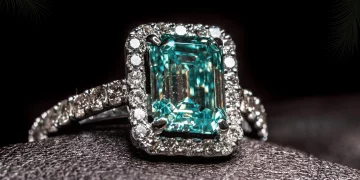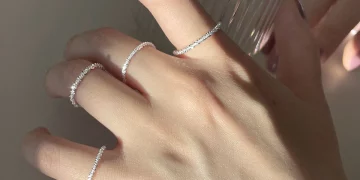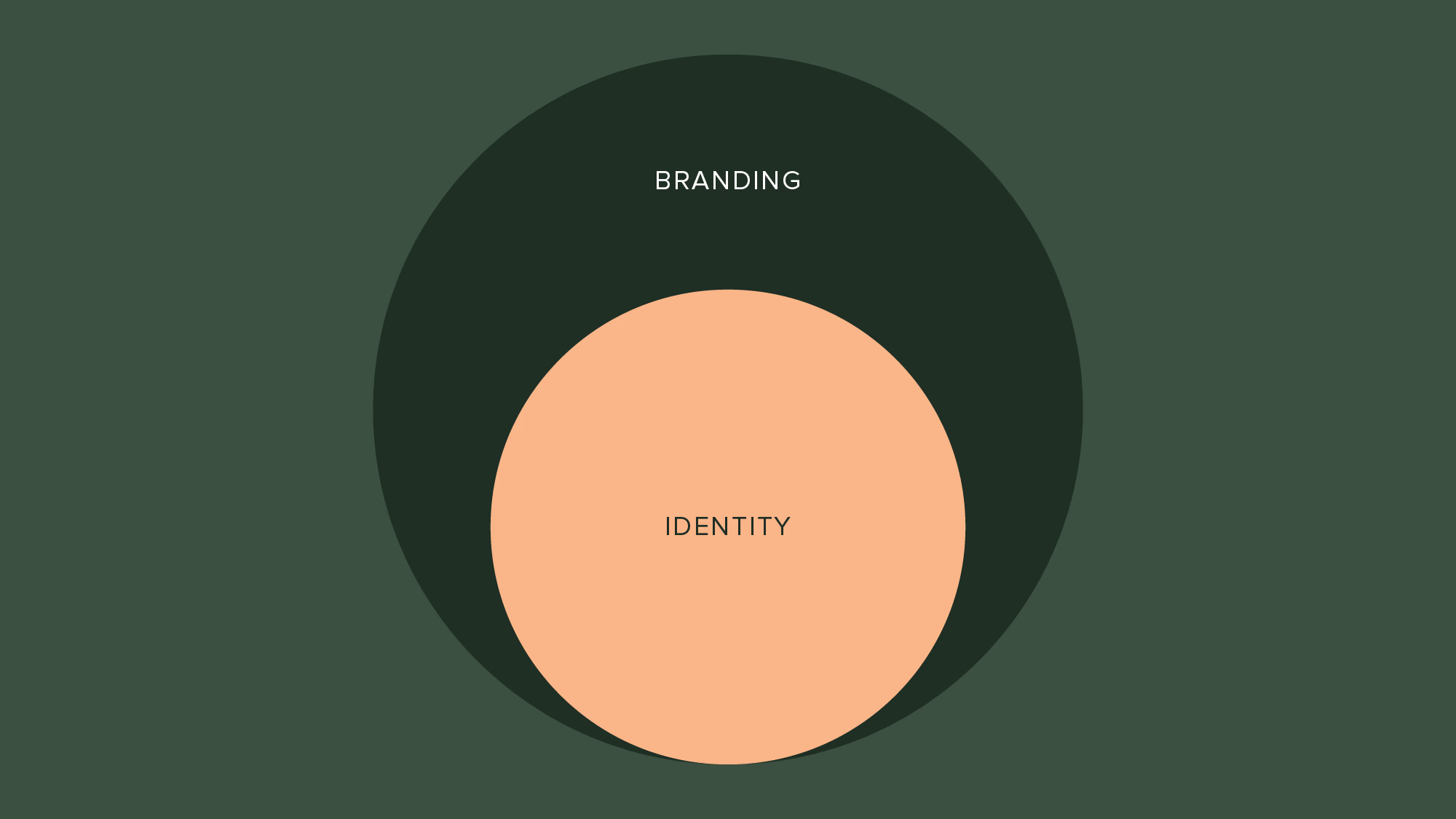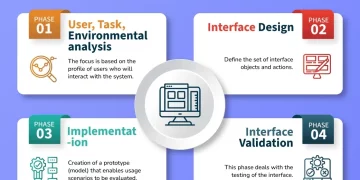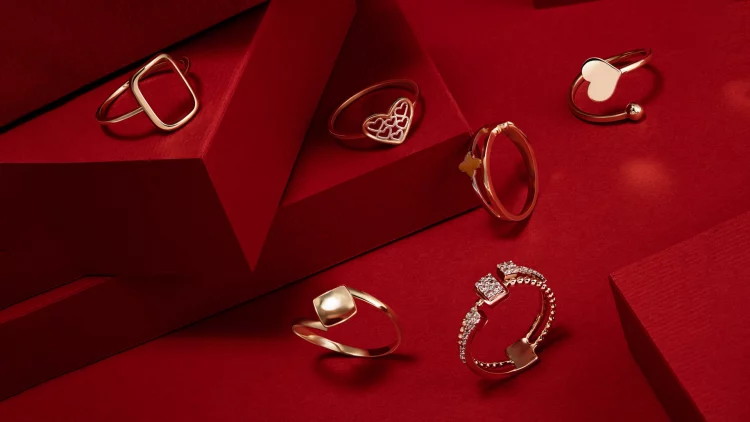Jewelry design has always been a unique blend of luxury and artistry, constantly evolving throughout history. From intricate craftsmanship to cutting-edge designs, jewelry has long symbolized personal taste and cultural status. However, with rapid advancements in technology, shifting consumer preferences, and growing environmental concerns, the jewelry industry is poised for a transformation.
The future of jewelry design is not just about aesthetic breakthroughs but about fusing technology, individuality, functionality, and sustainability. So, what can we expect in the coming years, and are we ready for the innovations that are on the horizon?
1. Sustainability and Ethical Design: The Rise of Green Jewelry
In recent years, sustainability has become a central focus for both consumers and brands across industries, especially in luxury markets. As one of the most resource-intensive sectors, the jewelry industry faces growing scrutiny regarding its environmental impact. The future of jewelry design will undoubtedly be shaped by sustainability, as more brands prioritize ethical sourcing and eco-friendly materials.
1.1 Use of Eco-Friendly Materials
As consumer demand for sustainability continues to grow, the use of eco-friendly materials will take center stage in jewelry design. From recycled metals to lab-grown diamonds and ethically sourced gemstones, there’s a clear trend toward reducing the environmental footprint of jewelry production. Companies like Chopard and Tiffany & Co. have already made strides in incorporating sustainable practices into their collections, such as Fairmined gold and ethically sourced diamonds.
This trend is expected to expand, with more brands adopting circular design principles. The concept of recycled jewelry, where old jewelry is transformed into new pieces, will also gain popularity, as it allows consumers to participate in a more sustainable luxury ecosystem.
1.2 Transparency and Traceability
Consumers are increasingly seeking transparency in the sourcing and manufacturing of luxury goods, and jewelry is no exception. The future of jewelry design will likely include tools for traceability, allowing consumers to track the origins of the materials used in their pieces. Blockchain technology is already being explored by major brands to ensure transparency and guarantee that the diamonds, metals, and gemstones in their pieces come from ethical sources.
2. Technological Innovations in Jewelry Design
Technology is set to revolutionize the jewelry industry, not just in how jewelry is made but in how it is experienced. From artificial intelligence (AI) to 3D printing, technology is becoming an integral part of jewelry design, allowing for unprecedented levels of customization and innovation.
2.1 Artificial Intelligence and Machine Learning in Design
AI is making its way into the design process, and its influence will only increase in the coming years. Brands are starting to experiment with AI to create intricate, complex designs that would have been impossible or impractical to craft by hand. AI tools can analyze a vast amount of data—from historical design trends to consumer preferences—helping designers create highly personalized and on-trend pieces.
One of the most exciting possibilities is the use of AI to design pieces that respond to a person’s individual style. For instance, AI could analyze a customer’s past jewelry purchases, social media habits, and style preferences to recommend unique, custom pieces tailored specifically to their taste.
2.2 3D Printing: The Future of Jewelry Manufacturing
3D printing technology has already begun to reshape the way jewelry is produced. By allowing designers to prototype complex designs with ease, 3D printing eliminates many of the limitations of traditional jewelry-making techniques. The technology enables intricate details, delicate structures, and more personalized designs that would have been difficult or costly to achieve through conventional methods.
In the near future, 3D printing could allow for more mass customization in luxury jewelry. Consumers may be able to design their own pieces from the comfort of their homes, selecting materials, colors, and styles and seeing the final result before it’s even produced. This shift will allow brands to offer bespoke jewelry at a more accessible price point, making customization a standard feature in the luxury jewelry market.
3. Smart Jewelry: Blending Fashion and Technology
In a world where technology is increasingly woven into our daily lives, it’s no surprise that smart jewelry is becoming a fast-growing trend. Combining the beauty and craftsmanship of traditional jewelry with the functionality of wearable technology, smart jewelry is poised to become a significant part of the future landscape.
3.1 The Intersection of Wearable Technology and Luxury
High-end brands like Bulgari and Tiffany & Co. have already ventured into the smart jewelry market, offering products that combine luxury with technological functionality. Examples include rings, bracelets, and necklaces with built-in features such as health tracking, fitness monitoring, and notifications for calls and messages.
As smart jewelry becomes more sophisticated, we can expect more luxury brands to create pieces that offer not only aesthetic beauty but also practical benefits, such as stress management, heart rate monitoring, or even sleep tracking. These innovations will likely be aimed at a younger, tech-savvy demographic that desires both form and function in their accessories.
3.2 Augmented Reality (AR) and Virtual Try-Ons
As online shopping becomes more prevalent, augmented reality is expected to play a significant role in the jewelry industry. AR technology enables consumers to virtually try on jewelry pieces using their smartphones or computers before purchasing them. This not only improves the online shopping experience but also allows brands to engage with customers in a new and interactive way.
With more luxury jewelry brands embracing AR, virtual try-ons will soon become an essential part of the shopping experience, allowing customers to see how a piece will look on them from the comfort of their home. In the future, AR could also be used for virtual design consultations, where customers can interact with designers and try different customization options in real-time.
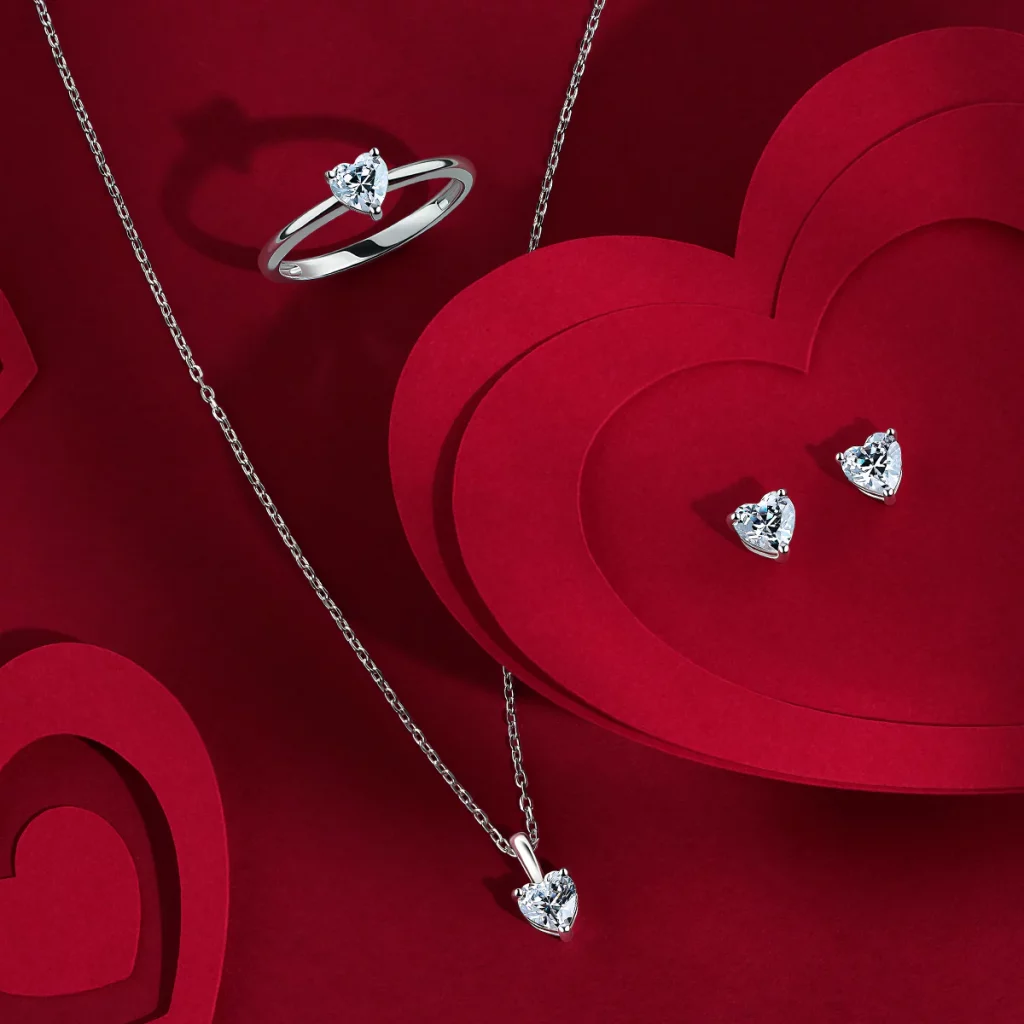
4. Personalization and Customization: Jewelry as Unique as You
The future of jewelry design is all about personalization. As consumers increasingly seek individuality in their fashion choices, jewelry is no exception. In 2025 and beyond, we will see a significant rise in custom and bespoke jewelry pieces that reflect the personality, style, and story of the wearer.
4.1 Tailoring Jewelry to Individual Taste
Brands are responding to this demand by offering personalized jewelry services, where consumers can choose everything from gemstones to engravings. The ability to create something completely unique—whether it’s a custom-designed engagement ring, a birthstone necklace, or a personalized bracelet—will continue to drive innovation in the luxury jewelry market.
Advances in 3D printing, CAD software, and AI-powered design platforms are making customization more accessible, even for high-end brands. These tools allow customers to visualize their ideas and work directly with designers to bring their concepts to life, making the entire process more interactive and collaborative.
4.2 Customization at Scale
While bespoke jewelry has traditionally been a high-cost and time-intensive process, technology is now allowing for more cost-effective and efficient production. Through the use of digital platforms and advanced manufacturing techniques, custom designs can be created more quickly, allowing luxury jewelry brands to offer bespoke services at a larger scale.
This trend will revolutionize the way consumers approach jewelry purchases, turning the once-rare opportunity of owning a truly unique piece into a more mainstream experience.
5. The Future of Luxury Jewelry: A Blend of Tradition and Innovation
The future of luxury jewelry design will be a fascinating mix of tradition and innovation. While timeless craftsmanship and high-quality materials will remain at the core of luxury, advancements in technology, sustainability, and personalization will reshape the industry in ways we could not have imagined a few years ago.
5.1 Embracing Tradition with a Modern Twist
Luxury jewelry will continue to honor its traditional roots, with renowned brands drawing on centuries of craftsmanship and artistry. However, we will see more innovation in how these traditions are applied, with designs incorporating new materials, techniques, and technologies that enhance both form and function.
For example, some jewelry houses are already experimenting with incorporating smart elements into classic designs, offering a fusion of timeless aesthetics and modern technology.
Conclusion: Ready for the Future of Jewelry Design?
The future of jewelry design is full of exciting possibilities. From the growing demand for sustainable and ethically sourced materials to groundbreaking technologies like AI, 3D printing, and smart jewelry, the industry is on the brink of significant transformation. Customization, personalization, and enhanced consumer engagement will define the next wave of innovation, making jewelry more accessible, functional, and aligned with individual lifestyles.
As we look forward to the trends of 2025 and beyond, the jewelry industry is poised for a new era where creativity, technology, and sustainability go hand-in-hand. So, the question remains: Are you ready to embrace these innovations and wear the future of jewelry?


